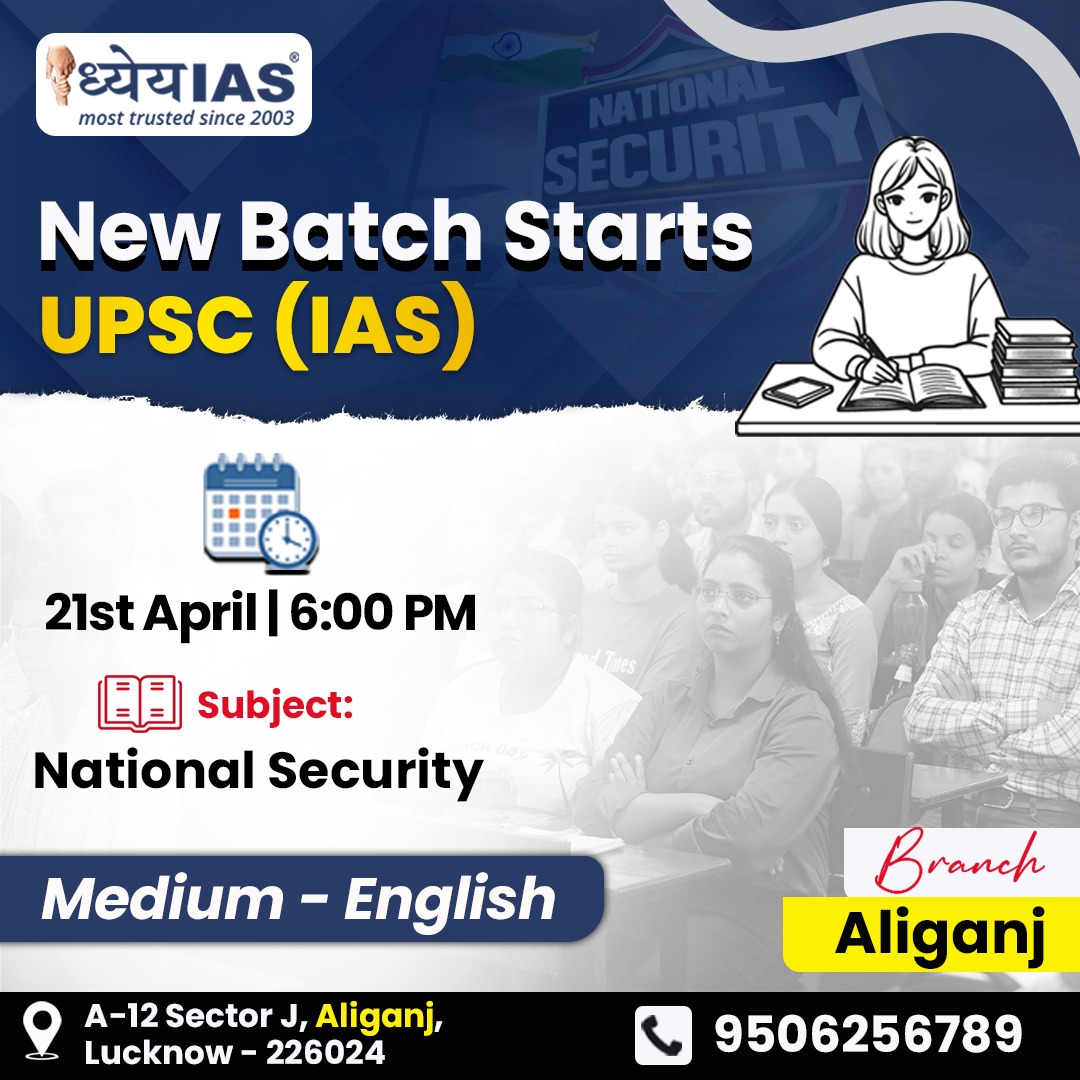Context:
In a move aimed at refining liquidity risk management without unduly burdening banks, the Reserve Bank of India (RBI) has eased its proposed norms under the Liquidity Coverage Ratio (LCR) framework. The central bank has now finalized guidelines that require banks to assign an additional 2.5% run-off factor to digital retail deposits—a significant revision from the earlier draft proposal of 5%.
The new norms will come into effect from April 1, 2026, and will apply to all commercial banks, excluding payments banks, regional rural banks, and local area banks.
Understanding the Run-Off Factor
A run-off factor indicates the percentage of deposits expected to be withdrawn in a financial stress scenario. The new provision acknowledges the heightened liquidity risk associated with internet banking, mobile banking, and UPI, all of which allow customers to rapidly move funds.
About Liquidity Coverage Ratio (LCR)
The Liquidity Coverage Ratio (LCR) is a global regulatory standard that ensures financial institutions hold a sufficient buffer of High-Quality Liquid Assets (HQLA) to survive a 30-day period of financial stress.
The measure was introduced by the Basel Committee on Banking Supervision (BCBS) in the aftermath of the 2008 global financial crisis. In India, the LCR became fully operational in 2019 with a 100% minimum requirement, applying primarily to large banks.
Relief for Banks
The RBI’s softened stance has come as a relief for banks, which had raised concerns about liquidity strain under the initially proposed 5% additional run-off factor. Now, under the revised guidelines:
- Stable IMB-enabled deposits will carry a 7.5% run-off factor, up from the current 5%.
- Less stable IMB-enabled deposits will be subject to a 12.5% run-off factor, up from 10%.
These adjustments reflect a calibrated approach that balances financial stability with operational feasibility.
Other Key Highlights from the RBI Guidelines
- Funding from non-financial entities such as trusts, AoPs, partnerships, LLPs, and proprietorships will now attract a 40% run-off rate, reduced from the earlier 100%, recognizing their moderate withdrawal risk.
- Unsecured wholesale funding from non-financial small business customers (SBCs) will now be treated like retail deposits and attract the same 2.5% additional run-off factor.
- Level 1 High-Quality Liquid Assets (HQLA), primarily government securities, will be valued at their market price minus applicable haircuts, aligning with the Liquidity Adjustment Facility (LAF) and Marginal Standing Facility (MSF).
Implication
With estimated High-Quality Liquid Assets (HQLA) of ₹45–50 lakh crore, the changes could release ₹2.7–3 lakh crore in lendable resources. This could support an additional 1.4–1.5% in credit growth, boosting lending and economic activity.
Conclusion
The RBI’s calibrated revision of the LCR norms signals a forward-looking approach to balancing liquidity management with the realities of a rapidly digitizing banking sector. By integrating digital deposit risks into its framework, while also responding to industry concerns, the central bank aims to maintain a resilient yet growth-friendly financial ecosystem.








